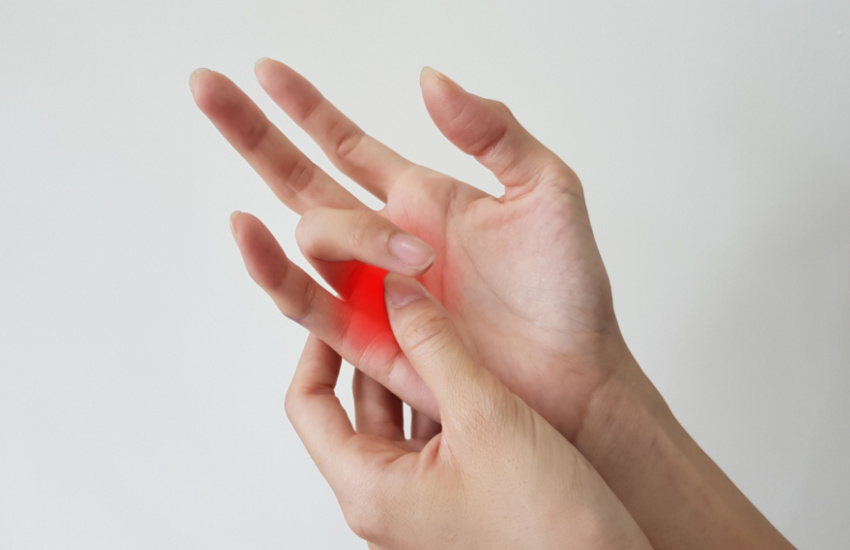When you bend your finger, it often gets stuck and causes pain. Do you know you may be experiencing a condition? Trigger finger is a condition in which the finger gets locked or stuck if you bend or straighten it. It is one of the most common causes of hand pain and disability, affecting the ring finger or thumb and sometimes other fingers. Surprisingly, you could get it due to repetitive or forceful use of fingers or an underlying medical condition. When you wake up in the morning, you will have stiffness on your finger; if it gets worse, your finger may be bent. You can often hear or feel popping during your finger or thumb movement. Remember, this is not a healthy sign, and you can’t be sitting over it for it to become severe.
How Does it Happen?
Fingers can lift stuff with grip, which is possible with flexor tendons. They are long cords that attach your forearm muscle to the bones in your fingers. Each of these tendons is covered in a protective sheath that supports the motion of the tendons. Bands of tissue along protective sheath help flexors to hold close to finger bones, and if there is irritation or inflammation in these tissues that may lead to the condition.
What are the Signs and Symptoms of Trigger Finger?
Trigger finger may progress from mild to severe:
- Bent fingers
- Pain in fingers or palm
- Stiffness in fingers
- A sensation of locking or catching when you bend and straighten your finger
- Swollen bump at the base of the finger
How to Diagnose and Treat Trigger Finger?
The doctor will ask about your medical history, including your symptoms. He will then examine your hand for signs of tenderness over the flexor tendon sheath in the palm of your hand, thickness or swelling, and trigger points when the finger is bent or straightened. There are both invasive and non-invasive options available for patients. Depending on the severity of your condition, the doctor will thoroughly evaluate it. For non-surgical treatment options, you will have to rest and avoid doing any activities that can worsen your condition. You may wear a splint day and night to straighten your hand. Even gentle exercises can help decrease stiffness and increase the range of motion. Over-the-counter medications, such as ibuprofen and aspirin, can help relieve pain and inflammation. If the condition is severe, cortisone injections are used into the tendon sheath at the base of the trigger finger. However, the doctor can recommend surgery if the situation doesn’t improve from non-surgical treatment options. A minimally invasive procedure to release A1 pulley blocking tendon movement that will take a few weeks to heal, but 4 to 6 months for swelling and stiffness in your hand and fingers to go away.
If you are experiencing any of the above symptoms, reach out to FORM Hand Therapy by scheduling an appointment at (510) 350-3030.

